Morocco is a land of enchantment, where vibrant cities, (Ultimate Guide to Morocco Tours) sweeping deserts, majestic mountains, and serene coastlines converge to create an unforgettable travel experience. From the bustling souks of Marrakech to the golden dunes of the Sahara, Morocco offers a rich tapestry of culture, history, and natural beauty. Whether you’re planning your first trip or returning for another adventure, this ultimate guide will provide you with essential tips, recommendations, and insights to make the most of your Moroccan tour.
Why Visit Morocco? – Ultimate Guide to Morocco Tours
A Cultural Melting Pot
Morocco’s unique blend of Arab, Berber, African, and European influences creates a fascinating cultural mosaic. The country’s architecture, cuisine, music, and traditions reflect its diverse heritage, offering travelers a truly immersive experience. For instance, the intricate tilework (zellige) found in mosques and palaces showcases Islamic artistry, while the vibrant colors of traditional Amazigh (Berber) textiles highlight indigenous craftsmanship.
Diverse Landscapes
From the snow-capped peaks of the Atlas Mountains to the palm-fringed oases of the south, Morocco’s landscapes are as varied as they are breathtaking. Explore lush valleys like the Ourika Valley, arid deserts such as Erg Chebbi near Merzouga, rugged coastlines along the Atlantic Ocean, and vibrant urban centers like Casablanca and Tangier—all within a single trip.
Rich History and Heritage
With centuries-old medinas, ancient kasbahs, Roman ruins, and UNESCO World Heritage Sites, Morocco is a treasure trove for history enthusiasts. Each city tells its own story, from Fez’s medieval charm to Casablanca’s modern flair. Historical landmarks like Volubilis, a well-preserved Roman archaeological site, and Aït Benhaddou, a fortified village used as a filming location for movies like Gladiator and Game of Thrones , add depth to your journey.
Warm Hospitality
Moroccans are known for their warmth and generosity. Visitors often remark on the genuine kindness of locals, who go out of their way to ensure guests feel welcome. Whether it’s sharing a cup of mint tea or inviting you into their home, Moroccans embody the spirit of hospitality that makes traveling here so special.
Top Destinations in Morocco – Ultimate Guide to Morocco Tours
1. Marrakech: The Red City
Marrakech is a sensory overload in the best possible way. Its labyrinthine medina, vibrant Jemaa el-Fnaa square, and stunning gardens make it one of Morocco’s most iconic destinations. Known as the “Red City” due to its distinctive red sandstone buildings, Marrakech pulses with energy and color.
- Must-See Attractions:
- Jardin Majorelle: A tranquil garden designed by French painter Jacques Majorelle and later restored by fashion designer Yves Saint Laurent. The cobalt blue structures and exotic plants create a serene oasis amidst the chaos of the city.
- Koutoubia Mosque: An architectural masterpiece with a towering minaret visible from miles away. Non-Muslims cannot enter the mosque, but its exterior is worth admiring.
- Bahia Palace: A 19th-century palace showcasing intricate craftsmanship, including carved cedarwood ceilings, stucco walls, and colorful zellige tiles.
- Souks: Wander through narrow alleys filled with spices, textiles, ceramics, and jewelry. Bargaining is expected, so don’t hesitate to negotiate prices.
Travel Tip: Visit Jemaa el-Fnaa at sunset when street performers, food stalls, and musicians bring the square to life. Try local delicacies like snail soup or grilled meats served directly from carts.
Hidden Gems in Marrakech
For those seeking quieter corners, consider visiting:
- Le Jardin Secret: A hidden gem tucked away in the medina, featuring two beautifully restored gardens and a museum detailing the history of the riad.
- Medersa Ben Youssef: Once the largest Islamic college in North Africa, this historic madrasa boasts stunning architecture and intricate carvings.
2. Fes: A Step Back in Time
Fes is home to the world’s largest car-free urban area, the Fes el-Bali medina. This UNESCO-listed site feels like stepping into a medieval world. With over 9,000 narrow streets and alleys, navigating Fes can be overwhelming—but also incredibly rewarding.
- Highlights:
- Al Quaraouiyine University: Founded in 859 AD, it’s considered the oldest existing university in the world. While non-Muslims cannot enter, the surrounding courtyard is open to visitors.
- Chouara Tannery: Watch artisans dye leather using traditional methods passed down through generations. Be prepared for strong odors; vendors often provide sprigs of mint to mask the smell.
- Bou Inania Madrasa: Admire the exquisite Islamic art and architecture, including carved wood, stucco, and zellige tiles.
Insider Tip: Hire a local guide to navigate the maze-like streets of Fes el-Bali and uncover hidden gems. Guides often share fascinating stories about the city’s history and culture.
Beyond the Medina
Outside the medina, explore:
- Royal Palace Gates: Though the palace itself isn’t accessible to the public, the ornate gates are a popular photo spot.
- Jnan Sbil Gardens: A peaceful retreat with fountains, orange trees, and walking paths.
3. Chefchaouen: The Blue Pearl
Nestled in the Rif Mountains, Chefchaouen is famous for its blue-painted buildings and laid-back vibe. It’s perfect for photography enthusiasts and those seeking tranquility. Often referred to as the “Blue Pearl,” Chefchaouen exudes charm and serenity.
- Things to Do:
- Stroll through the picturesque medina, where every wall, door, and staircase seems painted in varying shades of blue.
- Hike to the Spanish Mosque for panoramic views of the town and surrounding mountains. The hike takes about 45 minutes and offers breathtaking vistas, especially at sunset.
- Shop for handwoven blankets and rugs made by local artisans. These textiles are unique to the region and make excellent souvenirs.
Pro Tip: Visit during spring or autumn when the weather is mild and the crowds are thinner. Summer temperatures can soar, making hiking uncomfortable.
Day Trips from Chefchaouen
Consider venturing further afield to:
- Akchour Waterfalls: Located about an hour away, these cascading falls are surrounded by lush greenery and rock formations.
- Talassemtane National Park: Ideal for nature lovers, this park offers hiking trails through cedar forests and mountain landscapes.
4. Sahara Desert: A Night Under the Stars
No trip to Morocco is complete without experiencing the magic of the Sahara Desert. Ride a camel across the dunes, watch the sunset paint the horizon gold, and spend the night in a luxury desert camp. The silence and vastness of the desert evoke a profound sense of awe.
- Activities:
- Camel Trekking: Embark on a guided camel ride into the heart of the dunes. Many tours depart from Merzouga or Zagora.
- Sandboarding: Slide down the dunes on a board for a thrilling adventure.
- Stargazing: The lack of light pollution in the desert reveals some of the clearest skies on Earth. Join a guided astronomy tour to learn about constellations and planets.
Recommendation: Book a reputable tour operator that prioritizes sustainable tourism practices. Look for camps that use eco-friendly materials and support local communities.
Luxury vs. Budget Camping
- Luxury Camps: Offer private tents with en-suite bathrooms, gourmet meals, and live music performances around a campfire.
- Budget Camps: Provide shared facilities and simpler accommodations but still offer a magical desert experience.
5. Essaouira: Coastal Charm
This coastal town combines Portuguese fortifications, fresh seafood, and a bohemian atmosphere. Essaouira is ideal for relaxation and water sports. Unlike other Moroccan cities, Essaouira has a relaxed pace, making it a favorite among artists and surfers.
- What to Enjoy:
- Walk along the Skala de la Ville ramparts, which offer stunning views of the ocean and harbor.
- Try freshly grilled sardines at the port. Seafood restaurants line the waterfront, serving dishes straight from the boats.
- Take a windsurfing lesson if you’re feeling adventurous. Essaouira is renowned for its consistent winds, attracting surfers and kiteboarders worldwide.
Fun Fact: Essaouira was featured in Game of Thrones as Astapor, the city of slaves. Fans of the series will recognize the city’s distinctive architecture.
Cultural Highlights
- Sidi Mohammed Ben Abdellah Museum: Houses artifacts related to the city’s maritime history and ethnography.
- Essaouira Medina: A UNESCO World Heritage Site, the medina is smaller and less crowded than those in Marrakech or Fes.
6. Casablanca: Modern Meets Traditional
While not as historic as other cities, Casablanca offers a glimpse into contemporary Morocco. Its centerpiece is the magnificent Hassan II Mosque, one of the largest mosques in the world.
- Key Stops:
- Hassan II Mosque: Built partially over the Atlantic Ocean, this architectural marvel features a retractable roof and laser pointing toward Mecca. Non-Muslims are allowed inside during guided tours.
- Rick’s Café: Inspired by the movie Casablanca , this restaurant recreates the ambiance of the film with live piano music and classic cocktails.
- Quartier Habous: A charming district blending French colonial and Moroccan styles. Browse bakeries, cafes, and artisan shops selling leather goods and pottery.
Tip: Spend half a day in Casablanca before heading to nearby destinations like Rabat or Marrakech. While Casablanca may not have the same allure as other cities, it serves as a convenient gateway to explore the rest of the country.
Planning Your Morocco Tour
Best Time to Visit
The best time to visit Morocco is during spring (March to May) and autumn (September to November) when the weather is pleasant and tourist numbers are manageable. Summers can be extremely hot, especially in desert regions, while winters bring cooler temperatures and occasional rain.
How Long Should You Stay?
For a comprehensive tour covering major highlights, plan for 7-10 days . If you have more time, consider extending your stay to explore lesser-known areas like Agadir, Ouarzazate, or Merzouga.
Choosing a Tour Operator
If you prefer guided tours, select a company with excellent reviews and a focus on responsible tourism. Look for operators that support local communities and minimize environmental impact. Popular companies include Intrepid Travel, G Adventures, and Experience It Tours.
Transportation Options
- Trains: ONCF trains connect major cities like Casablanca, Rabat, and Fes efficiently. First-class seating is comfortable and affordable.
- Buses: CTM buses are reliable for long-distance travel. They’re air-conditioned and punctual, though routes may be limited in rural areas.
- Private Transfers: Ideal for groups or families wanting flexibility. Private drivers can tailor itineraries to suit your preferences.
- Rental Cars: Suitable for exploring rural areas but requires confidence driving in unfamiliar conditions. Note that road signs are primarily in Arabic and French.
Advice: Negotiate taxi fares upfront or use ride-hailing apps like Uber in larger cities. Grand taxis (shared taxis) are also common for intercity travel but can be cramped and slow.
Cultural Etiquette and Practical Tips
Dress Modestly
Respect local customs by dressing conservatively, especially in rural areas and religious sites. Women should cover their shoulders and knees, while men should avoid wearing shorts in mosques. Scarves are useful for covering hair when entering sacred spaces.
Language
Arabic and Amazigh (Berber) are the official languages, but French is widely spoken, particularly in tourist areas. Learning a few basic phrases in Arabic (e.g., “As-salamu alaykum” for hello) goes a long way in earning goodwill. English is less commonly spoken outside major cities.
Currency
The Moroccan Dirham (MAD) is the local currency. ATMs are readily available, but carry cash for small purchases and tipping. Credit cards are accepted in hotels and upscale restaurants, but smaller businesses operate on cash-only systems.
Tipping
Tipping is customary in Morocco. Leave small amounts for hotel staff, guides, and drivers. In restaurants, aim for 10% unless service charge is included. For example:
- Hotel porter: 10-20 MAD per bag
- Restaurant server: 10% of the bill
- Tour guide/driver: 50-100 MAD per day
Food and Drink
Moroccan cuisine is a highlight of any visit. Don’t miss:
- Tagine: Slow-cooked stew served in a clay pot, often flavored with preserved lemons, olives, and spices.
- Couscous: Typically eaten on Fridays, this steamed semolina dish is paired with meat and vegetables.
- Pastilla: Sweet and savory pie made with pigeon or chicken, almonds, cinnamon, and sugar.
- Mint Tea: Known as “Moroccan whiskey,” it’s a symbol of hospitality. Expect multiple servings throughout the day.
Note: Drink bottled water and avoid ice in drinks to prevent stomach issues. Street food is generally safe if purchased from busy stalls with high turnover.
Unique Experiences in Morocco – Ultimate Guide to Morocco Tours
Stay in a Riad
Riads are traditional Moroccan houses with interior gardens or courtyards. Staying in one offers an authentic glimpse into local architecture and lifestyle. Many riads have been converted into boutique hotels, blending modern comforts with historical charm.
Attend a Festival
Morocco hosts numerous festivals throughout the year, celebrating everything from music to agriculture. Some notable events include:
- Rose Festival in Kelaat M’Gouna (May): Celebrates the annual rose harvest with parades, music, and dancing.
- Gnaoua World Music Festival in Essaouira (June): Showcases traditional Gnaoua rhythms alongside international acts.
- Date Festival in Erfoud (October): Honors the date palm and includes camel races, folk dances, and exhibitions.
Explore Hidden Gems
Venture off the beaten path to discover places like:
- Aït Benhaddou: A fortified village used as a filming location for movies like Gladiator and Game of Thrones . Its earthen clay architecture transports you back in time.
- Todra Gorge: Dramatic cliffs popular with hikers and climbers. The narrow canyon provides shade and cool temperatures even in summer.
- Imilchil Marriage Festival: Held annually in the High Atlas Mountains, this celebration brings together Berber tribes to arrange marriages and honor tradition.
Conclusion
Morocco is a destination that captivates the heart and soul. With its rich history, diverse landscapes, and warm hospitality, it promises an adventure unlike any other. By following these tips and recommendations, you’ll be well-prepared to embark on an unforgettable journey through this magical kingdom.
FAQs
- Do I need a visa to visit Morocco?
- Most travelers do not require a visa for stays up to 90 days. Check specific requirements based on your nationality.
- Is Morocco safe for tourists?
- Yes, Morocco is generally safe. Exercise standard precautions against petty theft and scams. Avoid flashing valuables and stay vigilant in crowded areas.
- Can I drink alcohol in Morocco?
- Alcohol is available in licensed establishments but consumed discreetly due to cultural norms. Bars and clubs in larger cities cater to tourists, while rural areas tend to be dry.
- What vaccinations do I need?
- Routine vaccines are recommended. Consult your doctor about hepatitis A and typhoid shots, especially if you plan to eat street food.
- How much does a Morocco tour cost?
- Budget travelers can manage on $50-$70 per day, while mid-range tours range from $100-$200 per day. Luxury experiences start at $300+ per day.
- Are credit cards accepted?
- Major hotels and restaurants accept cards, but smaller businesses operate on cash-only systems. Carry sufficient dirhams for daily expenses.
- Should I bargain in markets?
- Yes, bargaining is expected in souks. Start by offering half the asking price and negotiate politely. Smile and maintain a friendly demeanor throughout.
- Can I rent a car without speaking Arabic?
- Yes, road signs are in both Arabic and French, and GPS navigation helps immensely. However, driving in cities like Marrakech can be chaotic, so consider hiring a driver instead.
- What’s the internet connectivity like?
- Wi-Fi is widely available in hotels and cafes, though speeds may vary in remote areas. Purchase a local SIM card for mobile data coverage.
- What should I pack?
- Comfortable walking shoes, modest clothing, sunscreen, sunglasses, and a reusable water bottle. A scarf or shawl is handy for covering shoulders or hair.


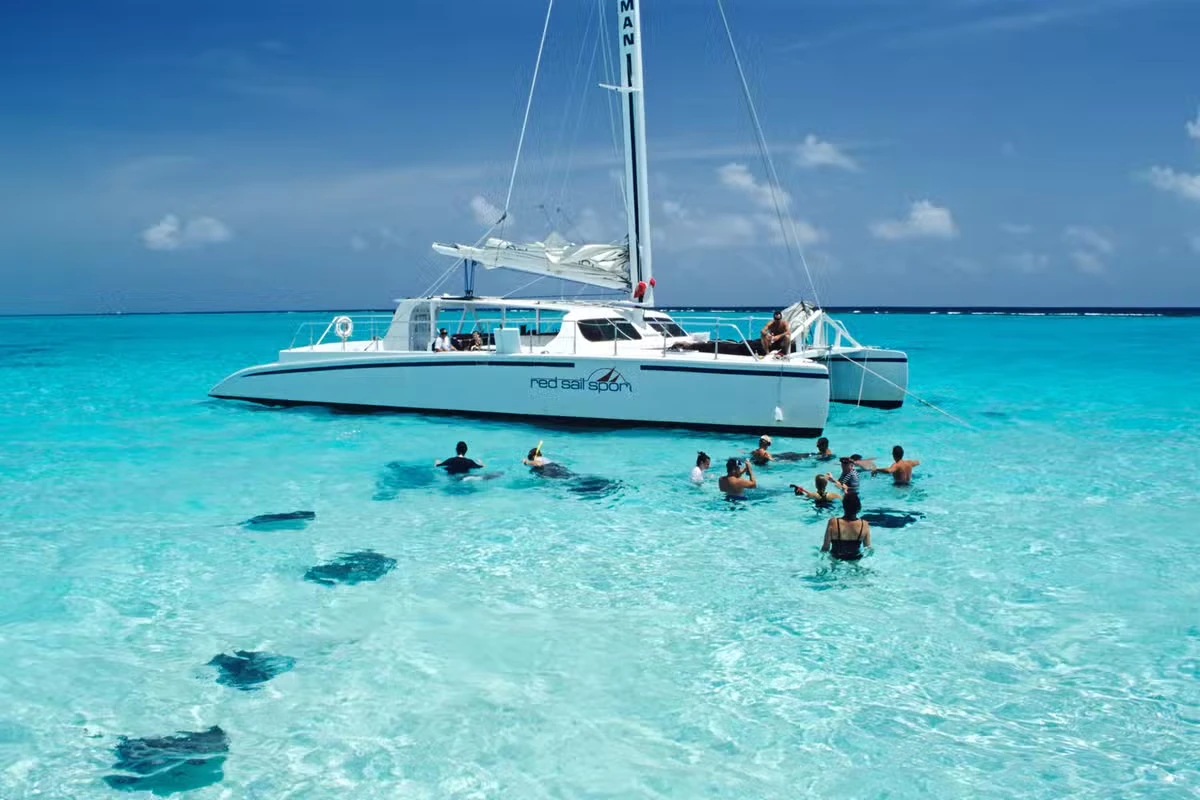
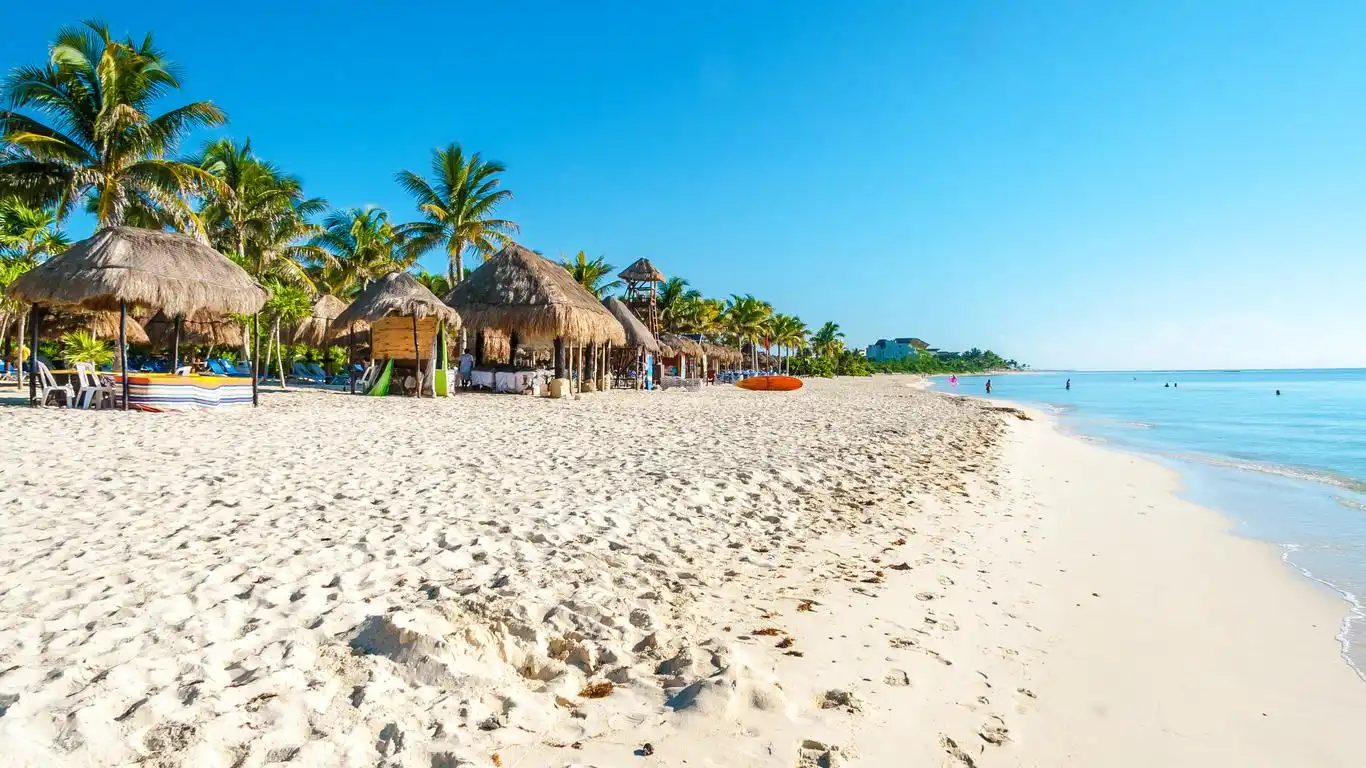
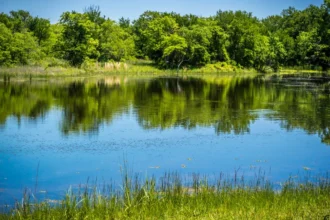
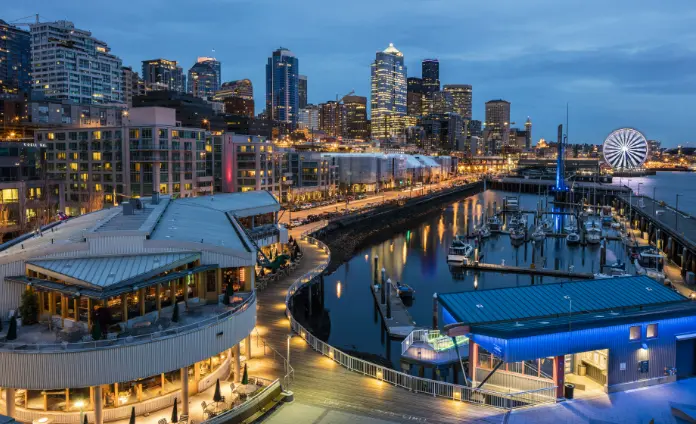
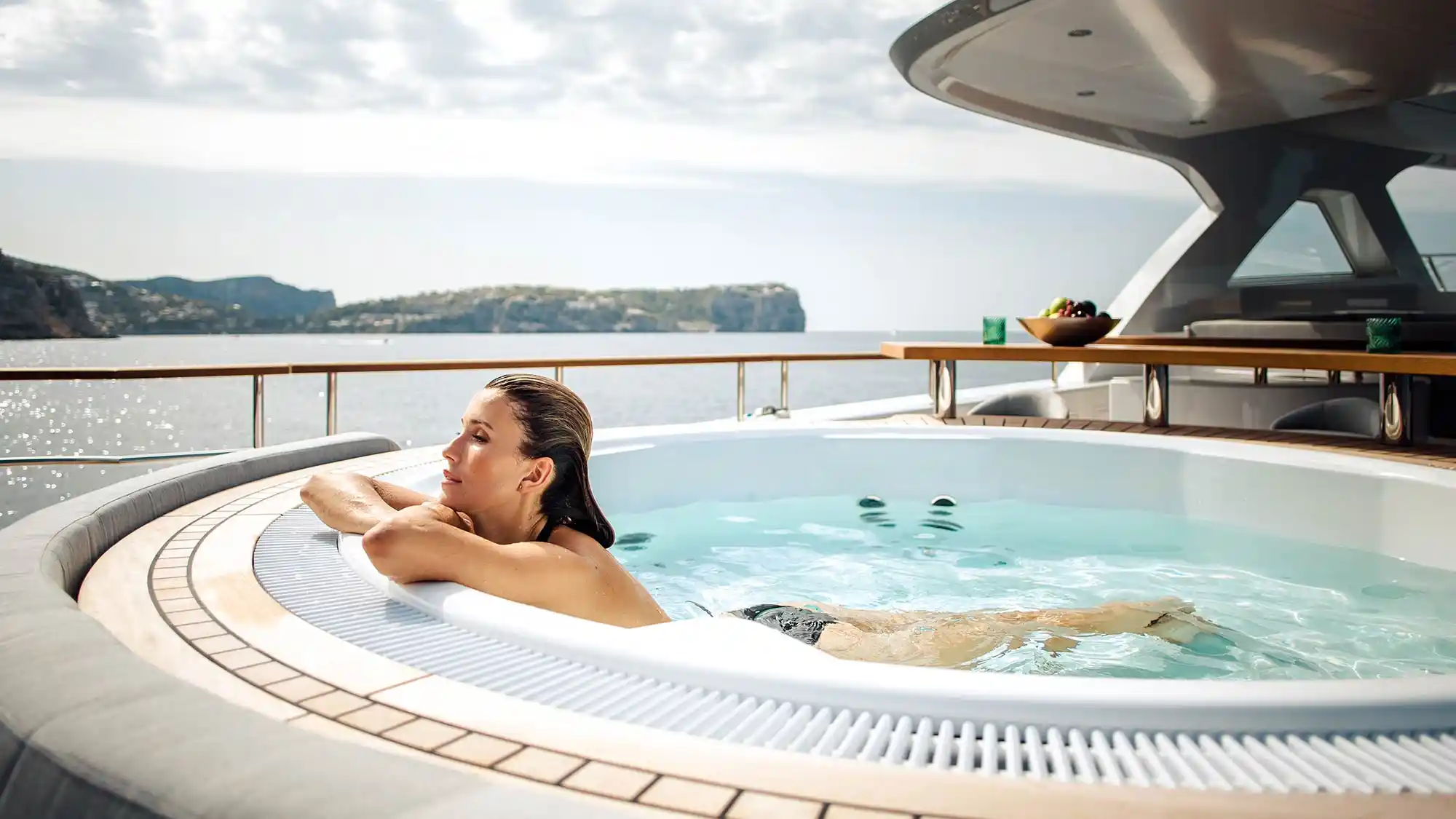
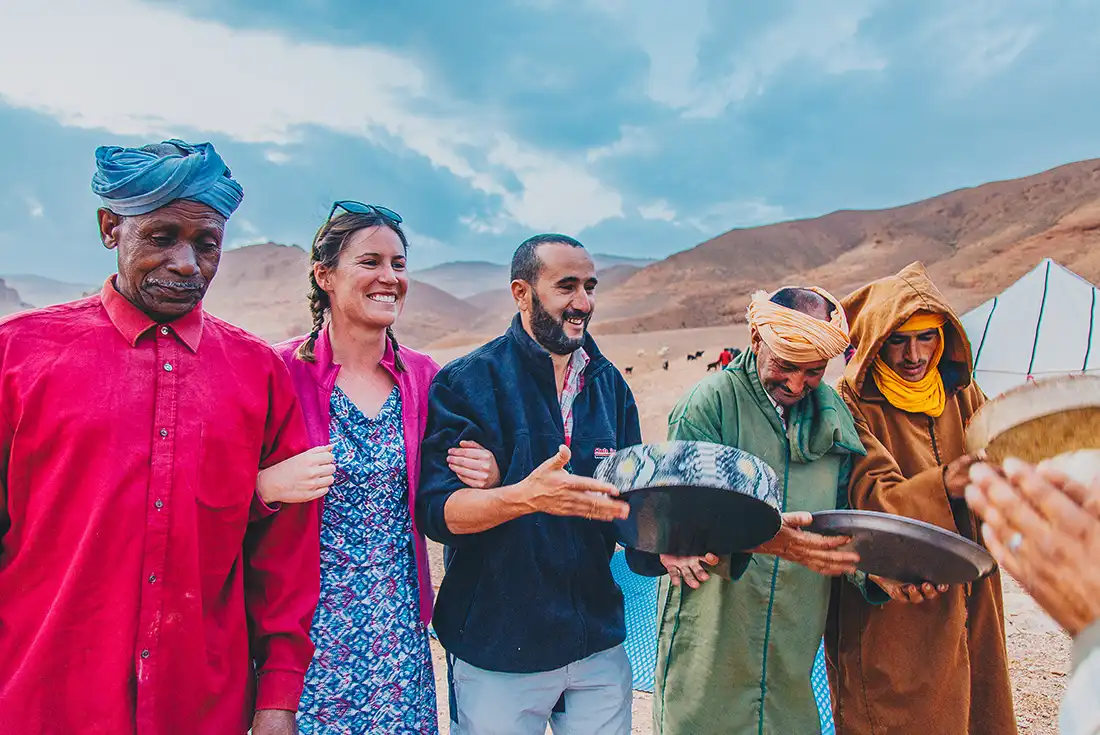
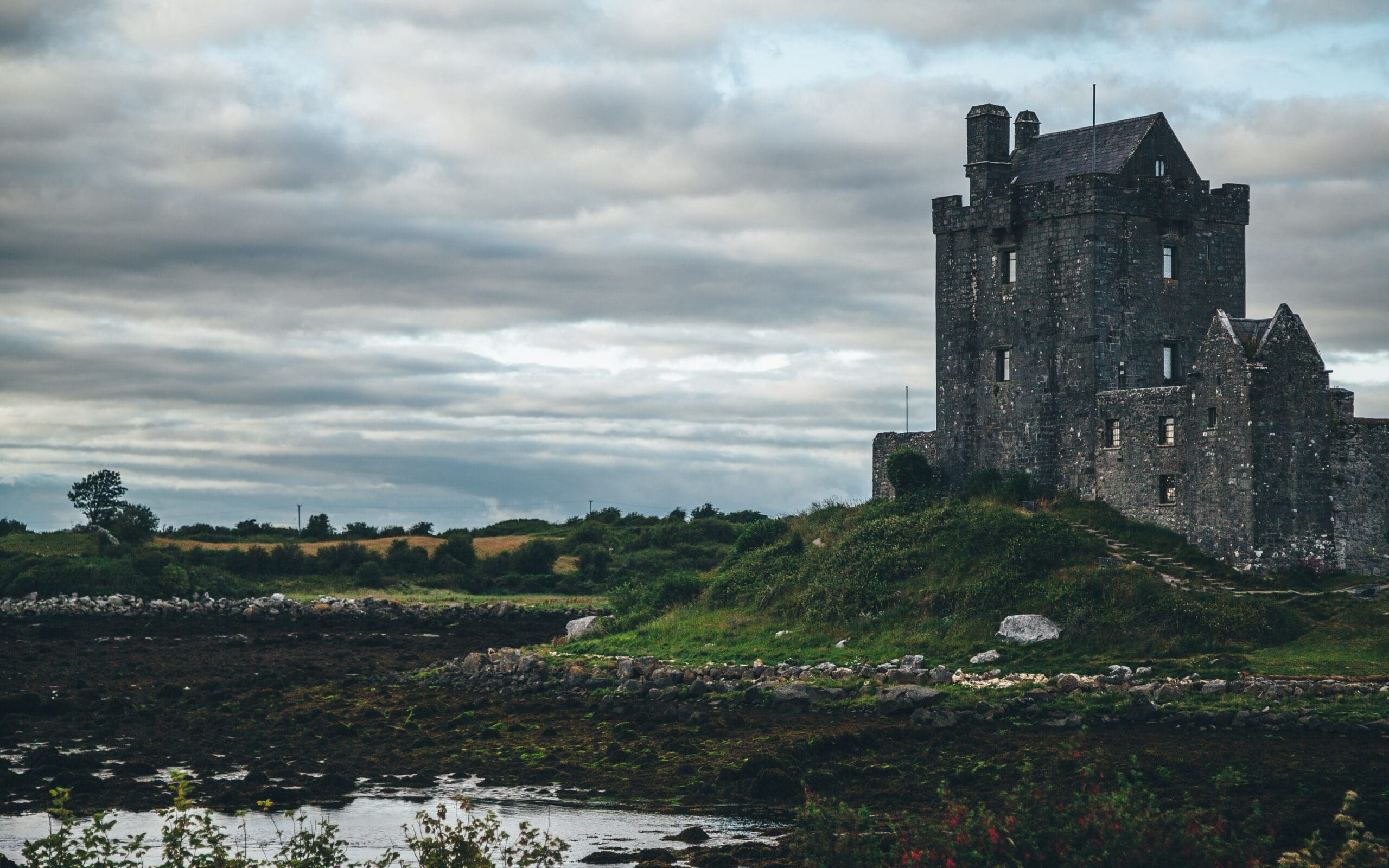

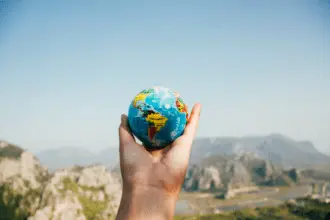
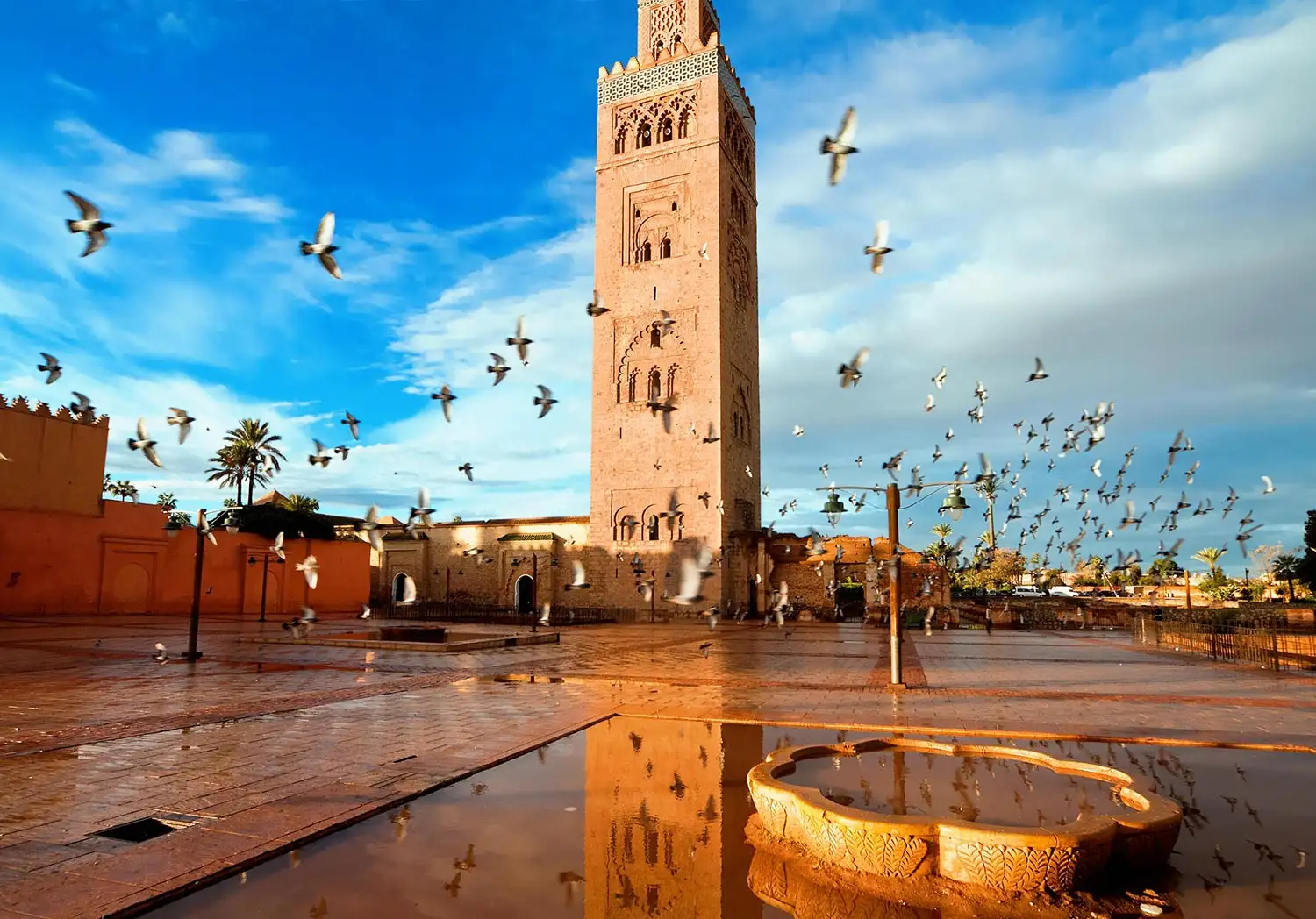
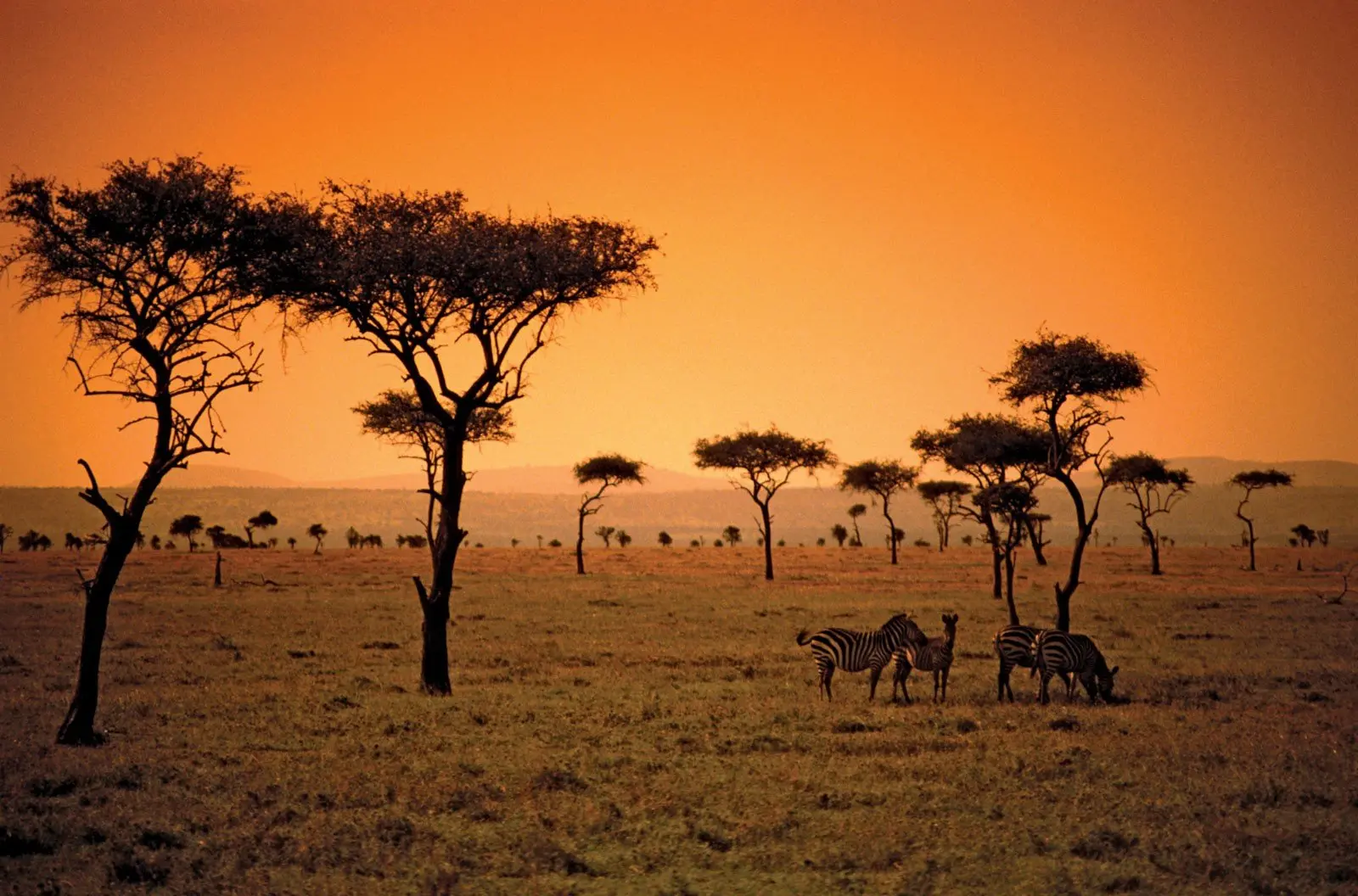
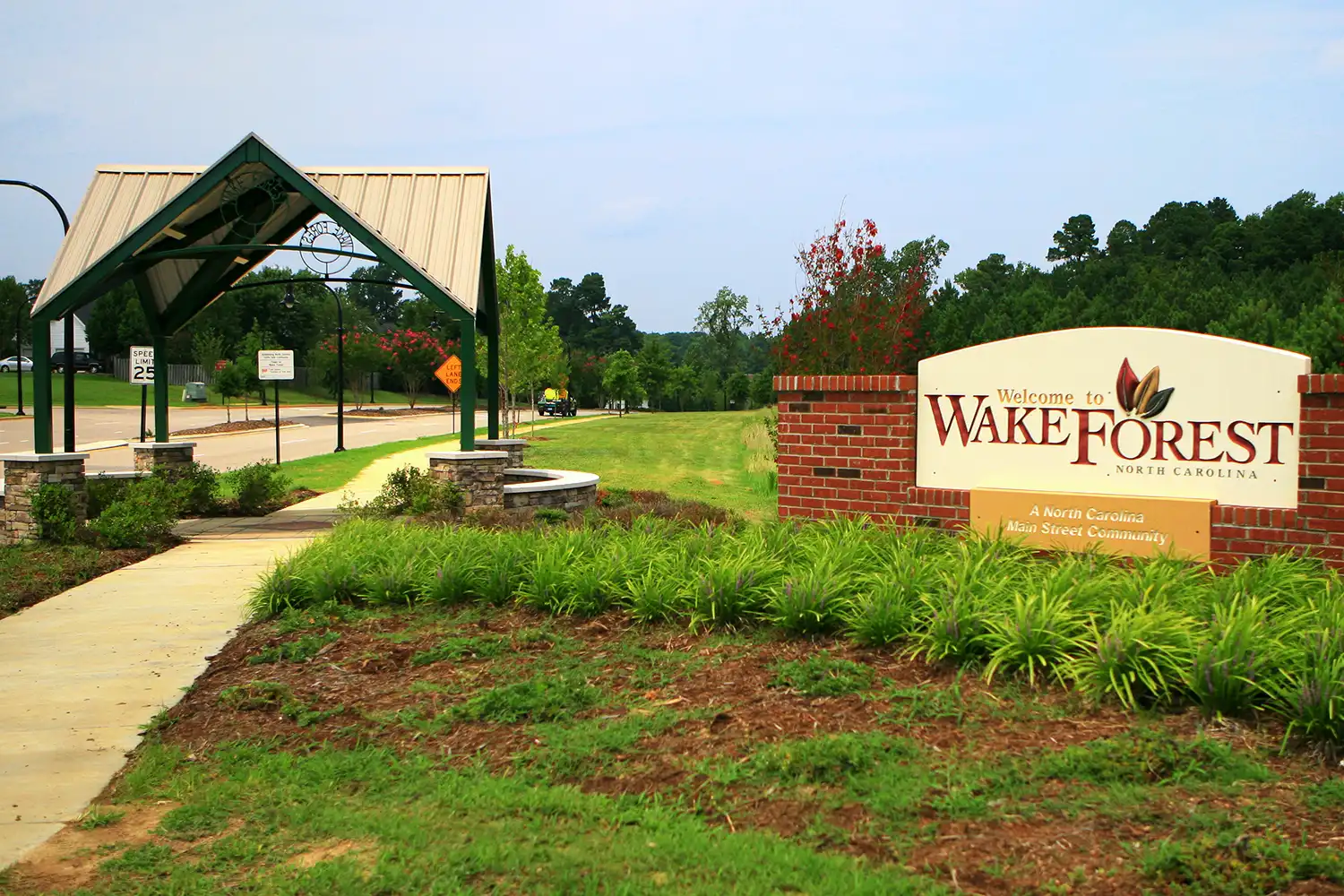
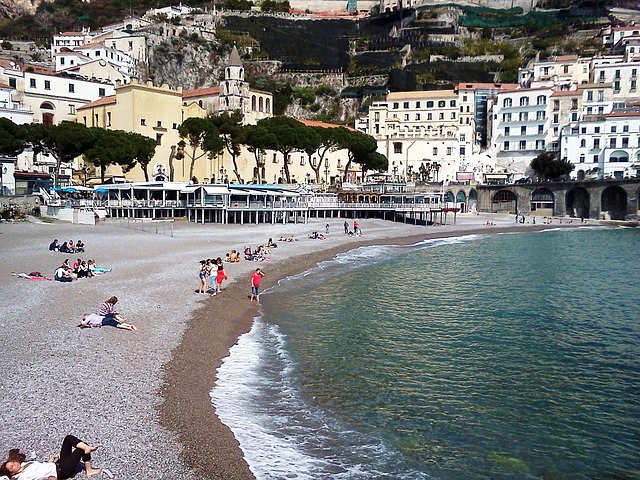
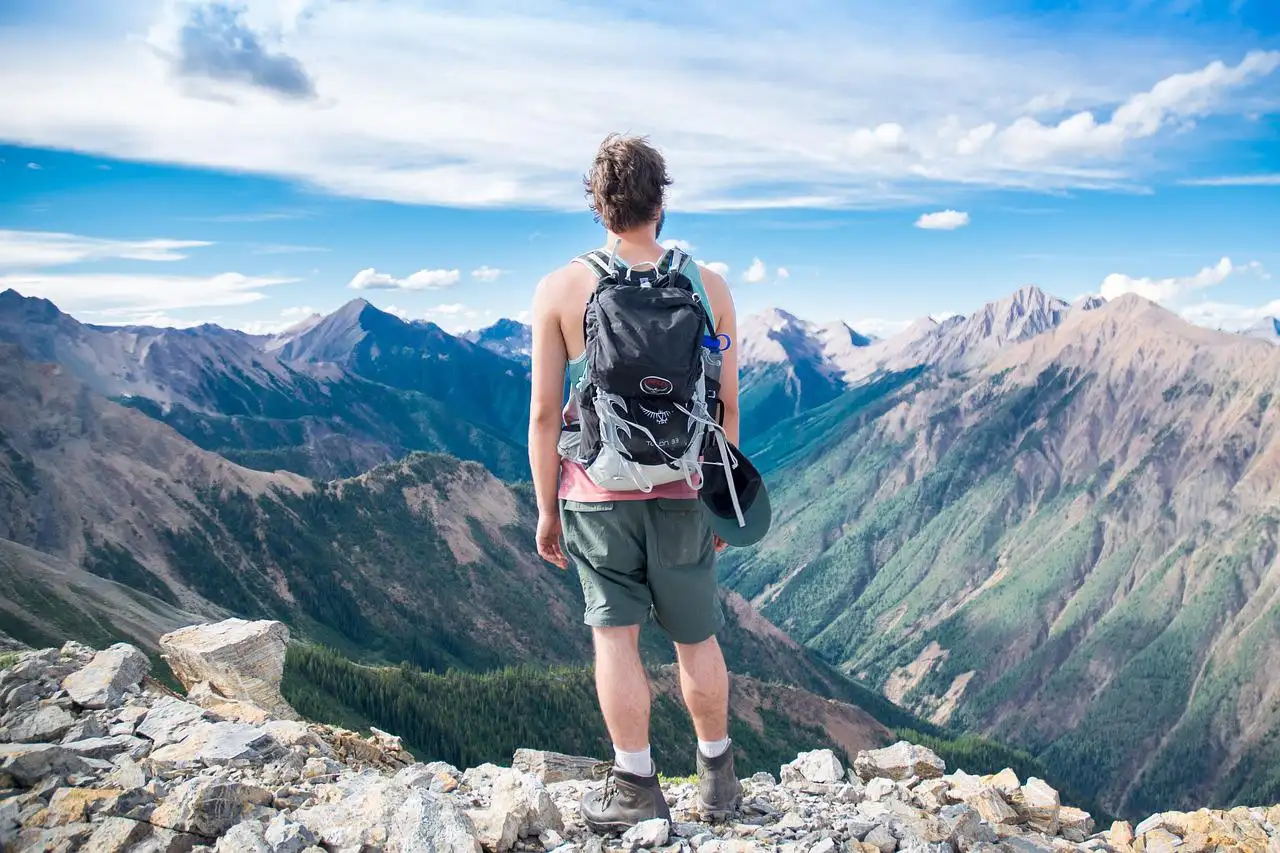
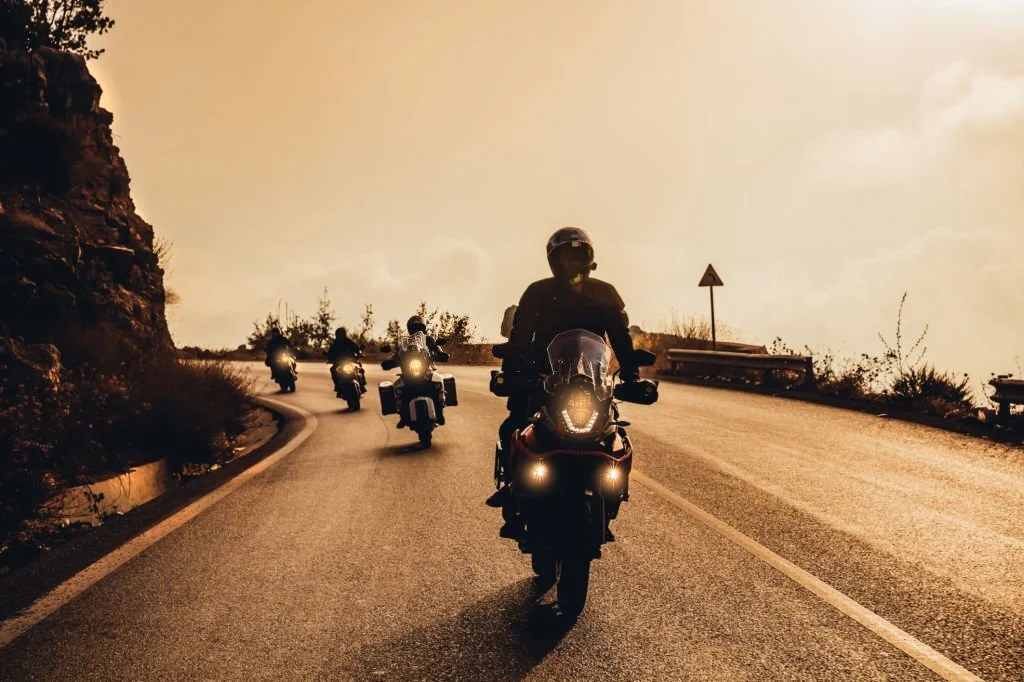
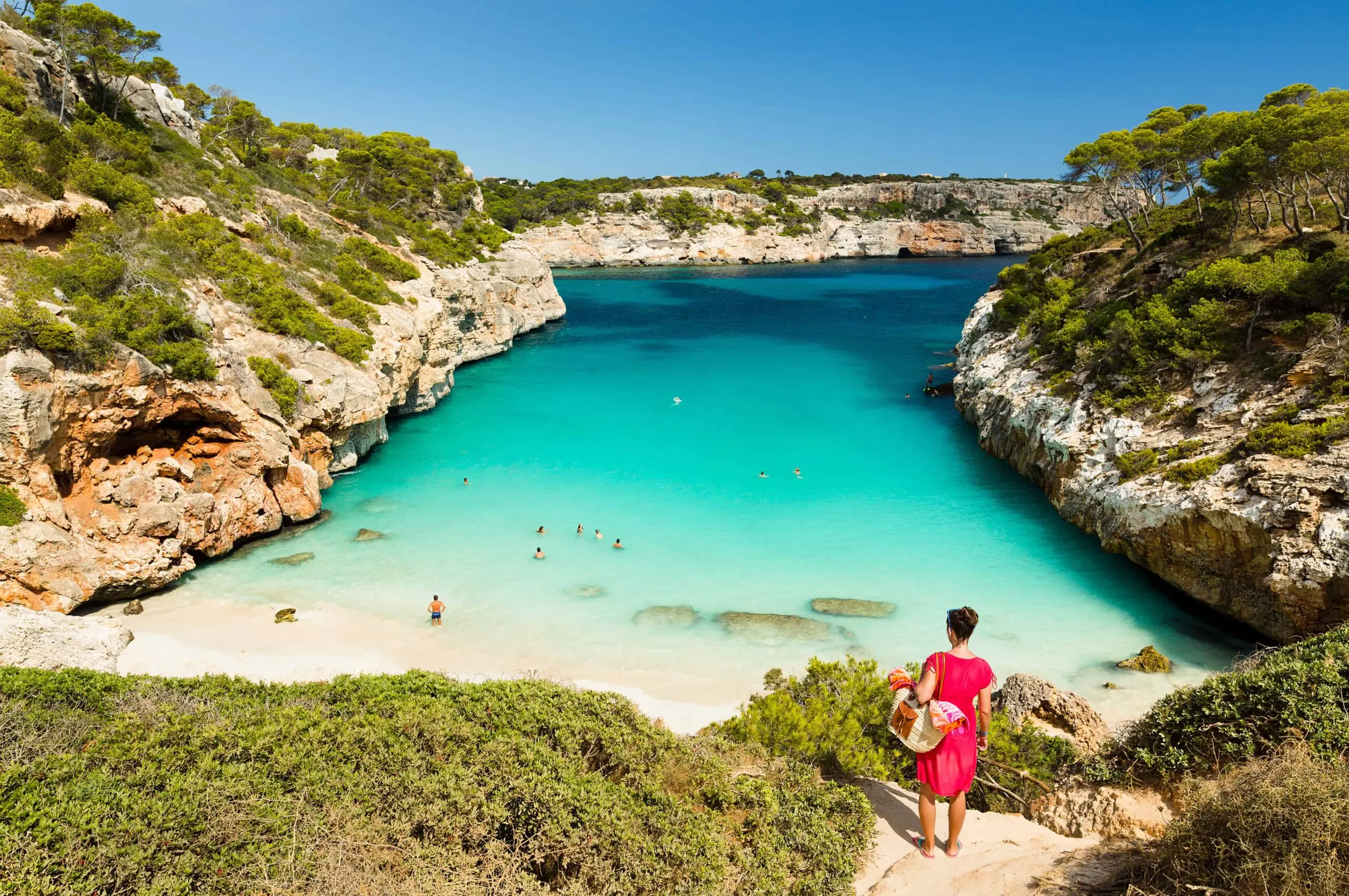
hi!,I like your writing so much! share we communicate more about your post on AOL? I require a specialist on this area to solve my problem. May be that’s you! Looking forward to see you.
Hi my friend! I wish to say that this article is awesome, nice written and come with almost all significant infos. I’d like to see extra posts like this .
fascinate este conteúdo. Gostei muito. Aproveitem e vejam este site. informações, novidades e muito mais. Não deixem de acessar para saber mais. Obrigado a todos e até mais. :)
fascinate este conteúdo. Gostei bastante. Aproveitem e vejam este conteúdo. informações, novidades e muito mais. Não deixem de acessar para saber mais. Obrigado a todos e até mais. :)
of course like your web site however you have to test the spelling on quite a few of your posts. Many of them are rife with spelling problems and I to find it very bothersome to tell the reality on the other hand I’ll definitely come back again.
amoxil oral – https://combamoxi.com/ amoxicillin price